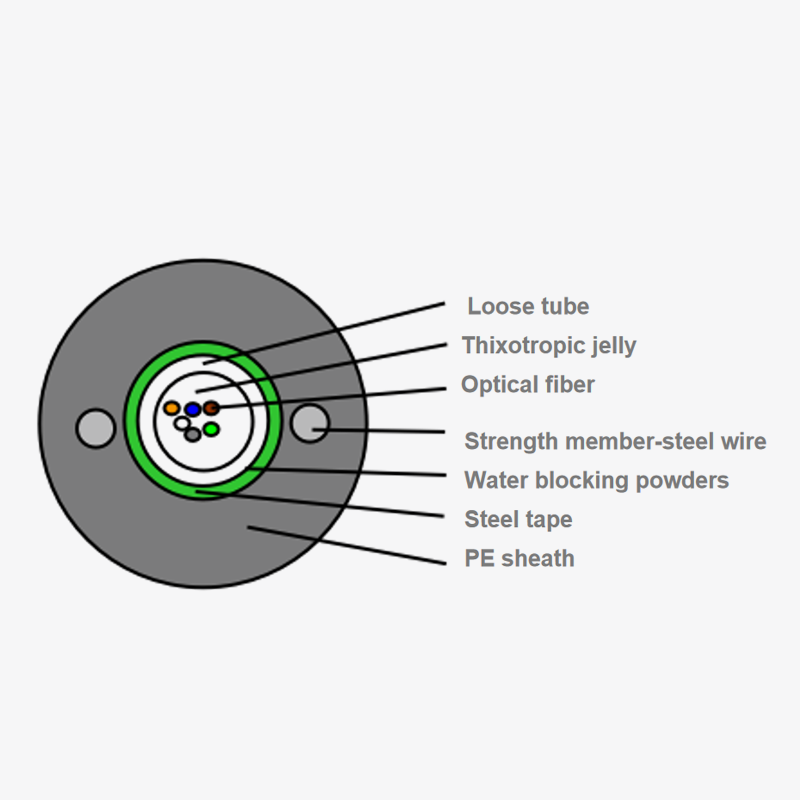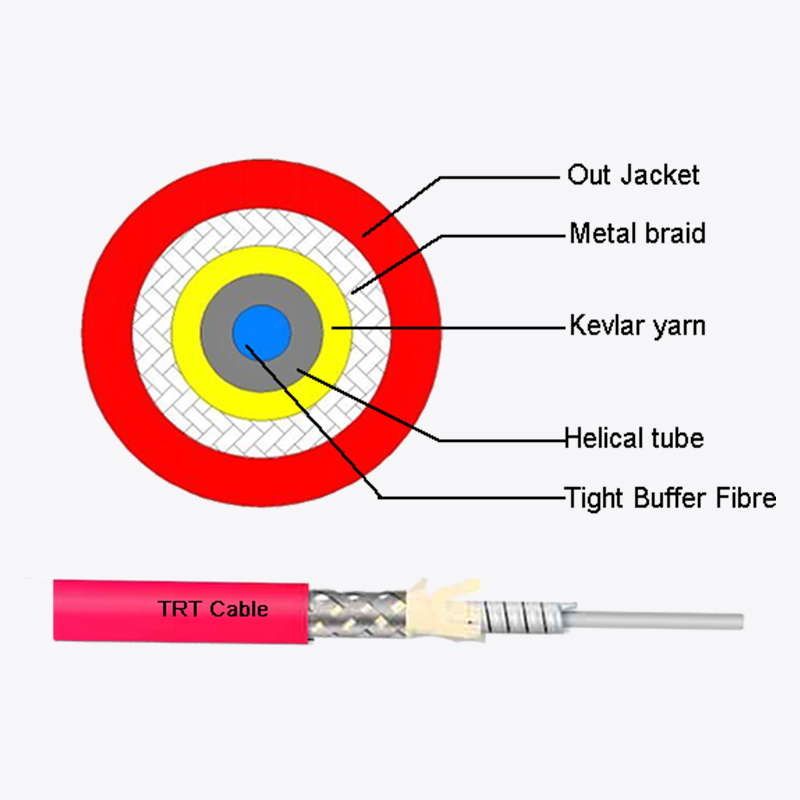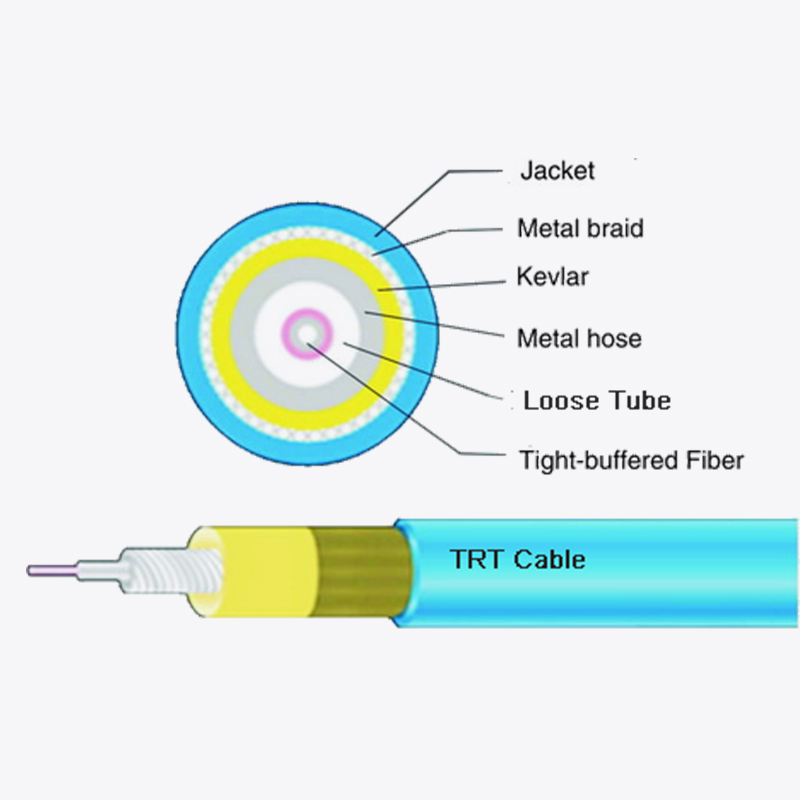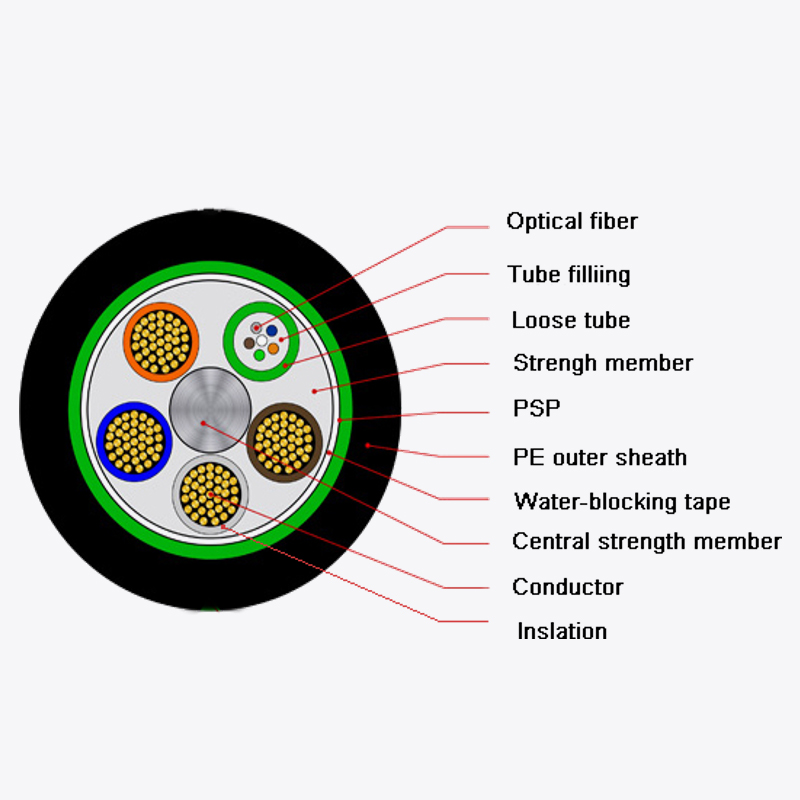Web Menu
Product Search
Exit Menu
Is unitube light-armored cable (GYXS/GYXTW) the Right Solution for Your Needs?

Is unitube light-armored cable (GYXS/GYXTW) the Right Solution for Your Needs?
Introduction to Unitube Light-Armored Cables
In modern telecommunications and network infrastructure, the choice of fiber optic cables plays a critical role in ensuring reliable data transmission. Among the various options available, unitube light-armored cables, particularly the GYXS and GYXTW variants, have gained recognition for their durability and adaptability in challenging environments. These cables are designed to provide an optimal balance between mechanical protection and flexibility, making them suitable for a wide range of applications.
Unlike standard fiber optic cables, GYXS and GYXTW incorporate a lightweight armor layer that enhances resistance to physical stress while maintaining ease of installation. The key difference between the two lies in their internal structure—GYXS typically features a loose tube design, whereas GYXTW uses a tight buffer configuration. Both variants comply with industry standards, ensuring compatibility with existing network infrastructures.
Given their robust construction, these cables are often deployed in scenarios where additional protection is necessary but heavy armoring would be impractical. Understanding their technical specifications, advantages, and ideal use cases is essential for selecting the right solution for specific project requirements.
Technical Specifications and Design Features
The effectiveness of unitube light-armored cables stems from their carefully engineered design. Both GYXS and GYXTW variants consist of a central strength member surrounded by optical fibers, which are then encased in a protective layer. The armor, usually made of corrugated steel or aluminum tape, provides resistance against crushing forces, rodent damage, and environmental hazards.
GYXS cables follow a loose tube structure, where the fibers are housed within a gel-filled buffer tube. This design allows for better strain relief and protection against moisture, making it ideal for outdoor installations where temperature fluctuations and water exposure are concerns. On the other hand, GYXTW cables feature a tight buffer design, where each fiber is individually coated with a protective layer. This configuration enhances flexibility and ease of termination, making it more suitable for indoor or short-distance applications where frequent handling may be required.
Both variants are available in single-mode and multimode fiber options, accommodating different bandwidth and distance requirements. The outer sheath materials are selected based on environmental conditions—options include polyethylene for outdoor use and flame-retardant materials for indoor installations.
Performance Advantages and Key Benefits
One of the primary reasons for choosing GYXS or GYXTW cables is their ability to withstand harsh conditions without compromising signal integrity. The light armor layer provides sufficient mechanical protection against impacts and crushing forces, reducing the risk of fiber breakage during installation or operation. Additionally, the armor acts as a barrier against rodent attacks, which can be a significant concern in underground or aerial deployments.
Environmental resistance is another critical advantage. The loose tube design of GYXS cables, combined with water-blocking gels, ensures long-term reliability in humid or wet conditions. Similarly, GYXTW cables, with their tight buffer construction, offer excellent resistance to bending and twisting, making them suitable for dynamic environments where cables may need to be repositioned frequently.
Another notable benefit is the ease of installation. Despite the added armor, these cables remain relatively lightweight and flexible compared to heavily armored alternatives. This reduces the complexity of deployment, particularly in scenarios where cables must be routed through conduits or around obstacles. The availability of different sheath materials further enhances adaptability, allowing for seamless integration into diverse network architectures.
Practical Applications and Installation Considerations
The versatility of unitube light-armored cables makes them suitable for a broad spectrum of applications. In outdoor settings, GYXS cables are commonly used for direct burial, aerial installations, and duct laying. Their resistance to moisture and mechanical stress ensures stable performance in telecommunications networks, rural broadband projects, and industrial communication systems.
GYXTW cables, with their enhanced flexibility, are often preferred for indoor-outdoor transition points, data centers, and enterprise networks. The tight buffer design simplifies termination and connectorization, reducing labor costs and installation time.
Proper handling during installation is crucial to maximizing cable performance. For GYXS cables, care should be taken to avoid excessive bending, particularly near the minimum bend radius specified by the manufacturer. Similarly, GYXTW cables should be routed to minimize sharp bends or kinks that could stress the fibers. In both cases, securing the cables with appropriate clamps or ties prevents unnecessary strain on the armor and internal components.
Selecting the Right Cable for Your Project
Choosing between GYXS and GYXTW depends on several factors, including environmental conditions, installation method, and performance requirements. For long-distance outdoor deployments with exposure to moisture and physical stress, GYXS is often the better choice. Conversely, GYXTW is more suitable for projects requiring frequent handling or where flexibility is a priority.
Cost considerations also play a role—while both variants offer excellent durability, GYXS may involve higher initial costs due to its more complex construction. However, this investment can be justified by its long-term reliability in demanding environments.
Ultimately, the decision should align with the specific demands of the project, ensuring that the selected cable delivers optimal performance without unnecessary compromises. By carefully evaluating technical specifications and application needs, network designers and installers can make informed choices that enhance the efficiency and longevity of their fiber optic infrastructure.
Unitube light-armored cables (GYXS/GYXTW) provide a reliable and adaptable solution for modern fiber optic networks. Their combination of mechanical protection, environmental resistance, and ease of installation makes them a practical choice for both outdoor and indoor applications. Whether deploying a large-scale telecommunications network or a localized data system, understanding the strengths of each variant ensures the right cable is selected for the job.
By focusing on the unique requirements of each project and adhering to best practices in installation and maintenance, these cables can deliver consistent, high-performance connectivity for years to come. The key lies in balancing protection, flexibility, and cost to meet the evolving demands of today’s communication infrastructure.
 Address:Zhong'an Road, Puzhuang Town, Suzhou City, Jiangsu Prov., China
Address:Zhong'an Road, Puzhuang Town, Suzhou City, Jiangsu Prov., China Phone:+86-189 1350 1815
Phone:+86-189 1350 1815 Tel:+86-512-66392923
Tel:+86-512-66392923 Fax:+86-512-66383830
Fax:+86-512-66383830 Email:[email protected]
Email:[email protected] Wechat: xiaobin18913501815
Wechat: xiaobin18913501815 whatsapp: +86 18913501815
whatsapp: +86 18913501815
 0
0

 English
English русский
русский Español
Español Português
Português عربى
عربى



